Explore noteworthy moments in RTI's history. Use the left and right arrow buttons below to navigate through our timeline.


1958
Leaders in academia, business, and state government establish RTI as the initial research organization and focal point for research in North Carolina's Research Triangle Park. First projects include applied statistics and environmental research.
1961
RTI conducts its first international development project, a rural economic and agricultural statistics survey in Nigeria for USAID.
1962
A survey of public health attitudes on threats from air pollution–the first environmental project at RTI is completed.
1966
NASA names RTI one of seven teams created to ensure that technologies developed for space exploration are transferred to the commercial marketplace.
1971
Drs. Monroe Wall and Mansukh Wani report the isolation of Taxol® from the Pacific yew tree and note its potential as a cancer-fighting compound. Today, Taxol remains one of the most effective and safe medicines needed in a health system.
1972
Micrometeoroid detectors built at RTI fly on NASA's Pioneer 10 as it explores Jupiter, Saturn, and an asteroid belt. Pioneer 10 returned data until 1980, when it was more than 2 billion miles from Earth.
1978
With USAID support, RTI begins helping Tamale, Ghana, implement plans to improve health care, roads, sewage systems, and water supplies for the city's rapidly growing population.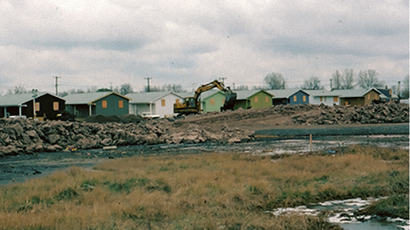
1978
For EPA, RTI chemists test air in homes built over the Love Canal dump site and identify nearly 100 chemicals, raising awareness of hazards associated with what later became known as Superfund sites.
1984
In a study for EPA, RTI scientists discover that indoor air often fails to meet EPA's ambient air quality standards. As a result, indoor air quality begins to receive national attention.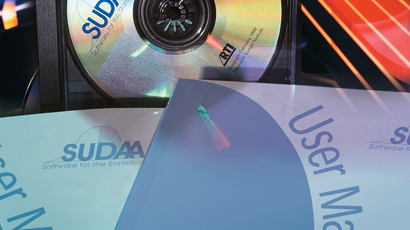
1984
RTI begins licensing SAS procedures for SUDAAN®, building on work begun in 1972. SUDAAN is a widely recognized and internationally respected software package for statistical research.
1988
RTI begins work on the National Survey on Drug Use and Health, policy makers' major source of data on substance use and abuse. SAMHSA awarded RTI the contract through 2022.
1990
RTI begins working with Indonesia on a USAID-funded program to create a foundation for decentralized democratic local governance.
1994
With funding from NASA, RTI develops the first radar-based predictive wind shear detection system installed on commercial aircraft. This technology helps pilots avoid wind shear, a major factor in aviation accidents and fatalities.
1995
RTI becomes one of the first organizations to put a new survey tool, audio computer-assisted self-interviewing (ACASI), to use in large-scale field interviewing.
1996
RTI begins assisting the South African government with its transition from the apartheid education system to one that provides increasingly equal education opportunities for all citizens.
1997
RTI partners with UNC-Chapel Hill to become one of the Agency for Healthcare Research and Quality's evidence-based practice centers. The RTI–UNC center produces systematic reviews and analyses of health care and health policy topics.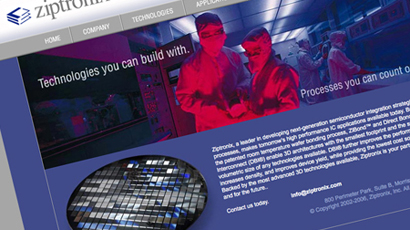
2000
RTI spins off a new company, Ziptronix, which produces integrated circuit chips that are less expensive, faster, and more powerful than existing chips.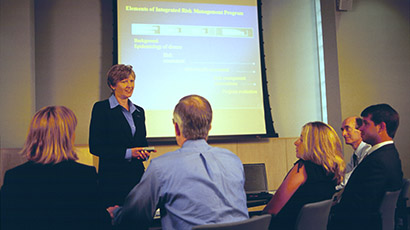
2000
RTI forms a new business unit, RTI Health Solutions, to provide research and consulting services to biopharmaceutical and medical device companies.
2001
RTI announces the first significant breakthrough in thermoelectric research in 40 years: a new thin-film superlattice material that is 2.4 times more efficient and 23,000 times faster than current technology.
2002
An RTI study estimates that more than a half-million people in the New York City metropolitan area may have developed post-traumatic stress disorder in the wake of the September 11, 2001, terrorist attacks on the World Trade Center.
2002
RTI scientists develop nanoengineered membranes that could enable a new generation of highly efficient separation devices for use in petroleum and chemical production and environmental cleanup technologies.
2003
RTI's begins a five-year study in Pretoria, South Africa, to improve women-focused intervention programs for HIV prevention.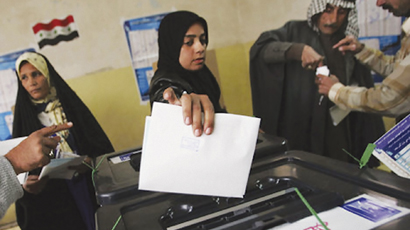
2003
RTI begins a project for USAID to assist in developing effective, democratically elected local governments throughout post-conflict Iraq.
2003
Working with CDC, RTI researchers provide the first state-by-state estimates of the share of medical expenditures–as much as $93 billion a year–that are related to obesity.
2004
RTI begins developing an air quality modeling and management system to support efforts to reduce and control air pollution in Beijing, China, in advance of the 2008 Olympics.
2007
RTI's support for malaria control expands to 10 African countries. In 2006 and 2007, RTI helped treat the homes of more than 2 million people to prevent the spread of malaria.
2008
RTI spins off a new company, siXis, to commercialize an innovative technology developed at RTI. The technology promises to increase processing performance while reducing the size of circuits and power requirements.
2009
RTI's USAID-funded neglected tropical diseases program, in its third year, provides over 200 million treatments to more than 55 million at-risk people in 13 African nations.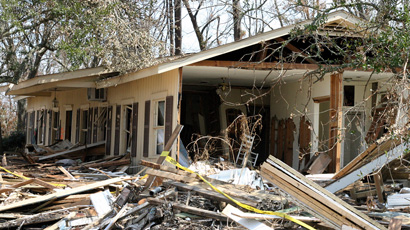
2010
RTI scientists monitor a group of children living in temporary housing in the wake of hurricanes Katrina and Rita to better understand any potential long-term health effects following natural disaster displacement.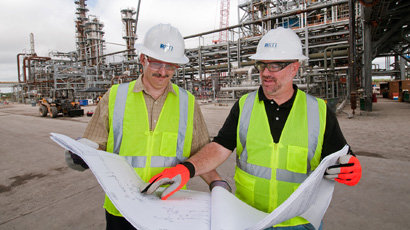
2010
RTI receives Department of Energy funding to apply its patented technology for cleaning coal-derived synthetic gas at a 50-megawatt commercial power plant in Florida.
2012
RTI receives a grant from the Bill & Melinda Gates Foundation to develop a toilet that can disinfect, dry and burn solid waste, and convert the resulting combustion energy into stored electricity.
2013
RTI's evaluation of a program in New York shows that mandating outpatient treatment to those who need it results in substantial cost savings by cutting hospitalizations.
2014
RTI completes its participation in the 15-year National Survey of Child and Adolescent Well-Being, collecting data on more than 12,000 children in the child-welfare system and tracking variables like domestic violence and use of psychotropic medications.
2014
In the aftermath of the Fukushima Daiishi nuclear disaster, RTI develops an emergency response program that improves communications and bolsters radiological monitoring systems.
2015
RTI supports the design and implementation of the Global Adult Tobacco Survey, which collects household-level data on tobacco use from adults aged 15 years and older in low- and middle-income countries.
2016
RTI creates a theory-based, multichannel marketing campaign to warn pregnant women in Puerto Rico about the dangers of the Zika virus, which is carried by mosquitoes.
2016
RTI supports the joint National Park Service/EPA program Interagency Monitoring of Protected Visual Environments (IMPROVE), which measures the impact of air pollution on visibility at U.S. national parks.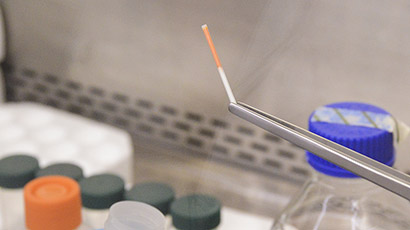
2017
A long-acting biodegradable HIV-prevention implant developed by RTI researchers achieves a drug delivery of three months in in vivo clinical studies, a potential milestone in HIV control.
2017
In response to growing nationwide concern about this problem, RTI researchers redesign the process by which the U.S. Bureau of Justice Statistics counts arrest-related fatalities.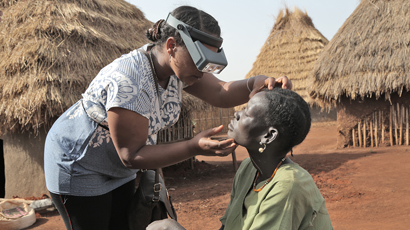
2018
The ENVISION project, led by RTI International, supported the governments of Cambodia, Laos, and Nepal to eliminate trachoma—a bacterial eye infection which can lead to blindness—as a public health problem.


